After the Second World War, at the end of discussions lasting about 3 months, the Allied Powers established the terms of world peace and the future international geopolitical order, between financial and military sanctions imposed on the defeated countries and a new definition of territorial borders that directly concerned also Italy.
On the morning of February 10, 1947, in the Clock Room of the Quai d'Orsay, in Paris, Alcide De Gasperi was unable to convince the audience with his thesis:that 'man who had wanted war had to be separated from that of the people who in the last two years of the conflict had fought alongside the Allies.
The role of "co-belligerent" had not, however, canceled the hatred that some victorious nations, above all France, Great Britain and Yugoslavia, fed towards Italy.
Italy had remained for many the nation "guilty" of having dragged the world into war, together with a Germany that at Co nference of Peace was not even present, as it was fully occupied and therefore not recognized as a subject of international law.
In economic terms, Italy was imposed reparations for a total of 360 million dollars, to be divided among the winning countries and the former Italian colonies, with the subsequent renunciation of their share of the United States and Great Britain.
On the military level, the forces of the Army, Aviation and Navy were reduced to 300,000 units, limited to 350 aircraft and drastically reduced the naval tonnage, with the obligation to make available to the winning nations a large number of naval combat units.
But the bitterest morsel to swallow - and the real fulcrum of the Paris negotiations - was that territorial, with Italy forced to surrender on the eastern front by accepting the division into two areas of Trieste and the passage of Istria to Yugoslavia, the cession to the French of areas of the Maritime Alps on the western front, and the renunciation of territorial possessions in Albania, Libya, Eritrea and the Dodecanese, keeping only the trust administration of Somalia for a decade.
To pay the highest price for this new territorial arrangement was still once the civilian population, in particular along the eastern border of Venezia Giulia, where the dispute between Italy and Yugoslavia - and more generally between the Western and Soviet blocs - was resolved with a compromise suggested by the French, namely the creation of the Free Territory of Trieste, divided into a predominantly Italian zone A, entrusted to the Anglo-American administration - until 1954 - and a predominantly Slovenian zone B, east of Trieste and including Istria, entrusted to the Yugoslav administration and the government of Marshal Tito.
Most of Istria, Zadar in Dalmatia, the city of Rijeka and the islands of Cres and Lošinj were taken away from Italy in favor of Yugoslavia:it is the act of the beginning of what will later be the exodus of thousands of Italians.
The exceptional migratory phenomenon, not formalized by a precise expulsion decree, was defined as a real exodus, which involved an entire people, every social group and not a simple fragmented group of individuals.
350,000 Italians were forced to abandon their lands and embark on makeshift ferries in order not to die.
Suddenly Istria, Rijeka and Dalmatia were overshadowed by the shadow of an uncertain fate.
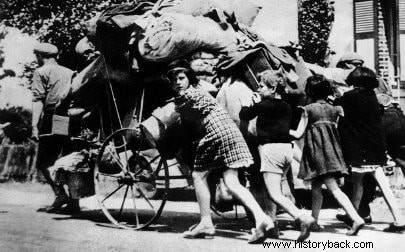
People were blocked by the fear of sudden roundups by Tito's army, of revenge and terrifying news that began to filter with information, drownings and executions.
In a few years secular traditions were uprooted and the complex identity upset of a territory of 7650 square kilometers with a population of about 495,000 people.
The violence and abuses of the Yugoslavs against the Italians, dictated by both revenge and ideological reasons, created the climate for the abandonment of lands of tens of thousands of our compatriots.
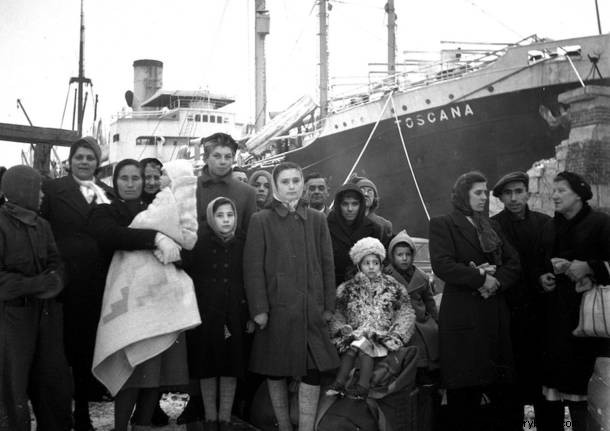
A Special Commission was sent to Venezia Giulia to understand the situation and the will of the population.
The Commission, however, did not know the territory and therefore inevitably ended up in areas that were not in dispute.
All areas to be challenged. visit were already under the Yugoslav administration which organized a hammering campaign to demonstrate that the whole territory was Slavic up to the Isonzo, which obviously is not true, but the effigies of the Lion of San Marco, an ancient symbol of the Venetian Republic, were removed in the municipalities. which demonstrated the Italian character of those lands.
The surnames were modified by reducing them to Slavic form, even altering them on the gravestones in cemeteries, new identity cards were distributed and personal and parish registers were removed.
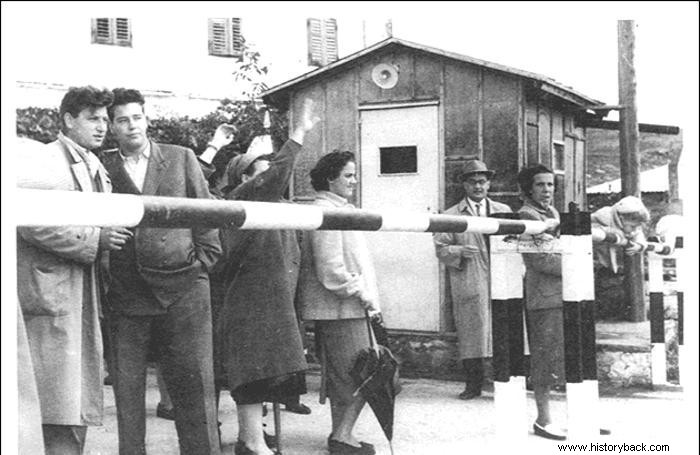
The cities began to empty, and it is important to remember that in Istria there were 58.2% of Italians, 37.6% of Slavs and 4.2% of other ethnic groups.
The Italians were concentrated in the cities and 54,000 out of 60,000 inhabitants fled from Rijeka, 32,000 out of 34,000 from Pula, 20,000 out of 22,000 from Zadar, 14,000 out of 15,000 from Koper.
Only the exodus of the inhabitants from Pula took place under English protection with Italian ships, while all other Istrians, Rijekers and Dalmatians had to abandon their homes and their belongings under the control of the Slavic partisans.
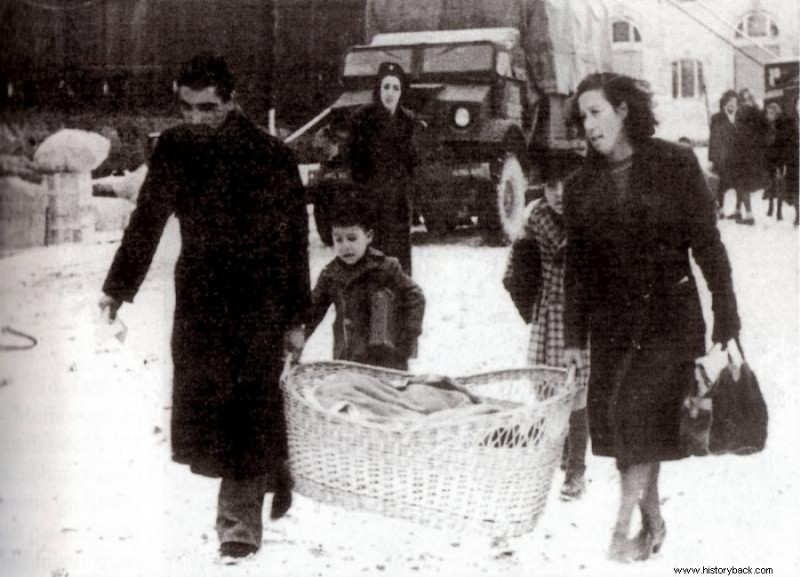
But the dramatic escapes, day and night, among the sinkholes of the Karst, escapes to freedom that very often ended with a burst of machine gun, with the explosion of a mine or on barbed wire, were not the only exodus to which the refugees were forced to resort as a way of salvation.
The Italian government, in fact, not realizing why so many people refused to remain under a winning Yugoslav administration, preferring a defeated and destroyed Italy, suggested the dispersion of refugees who were thus divided into 109 camps scattered throughout the regions.
And so about 80,000 refugees who had fled to Italy to remain Italian, took the road of exile for the second time to Australia, Brazil, Argentina , South Africa, Canada, France, Germany, England, Peru, Chile and the United States of America.
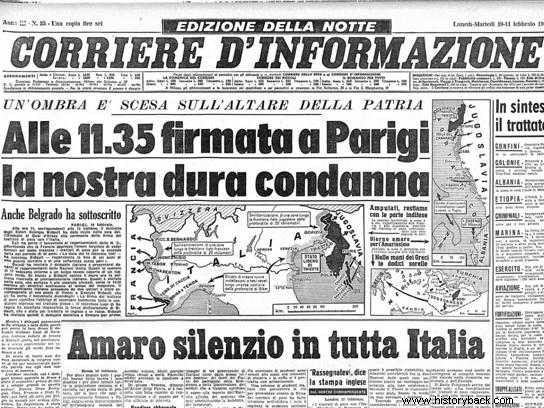
Only in 2004 did the Italian Parliament, after decades of oblivion, approve the law establishing the "Day of Remembrance" on 10 February, thus restoring dignity to the memory of the thousands of Italians brutally slaughtered on the eastern border and of the 350,000 compatriots forced into exile from the native lands of Istria, Fiume and Dalmatia to escape the repression of the partisans of Marshal Tito and the systematic ethnic cleansing carried out against Italian citizens.
#appuntidistoria #lastoriapertutti #photostoria
